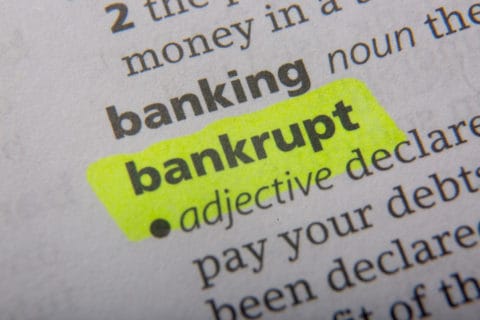Bankruptcy in the News: Student Loan Debt and Bankruptcy
A college education is a great investment towards your future, but many individuals who are interested in enrolling in college will require some sort of financial aid in order to pay for their schooling. While student loans are a popular option among soon-to-be college students, they can leave graduates with a mountain of debt. Continue reading to learn how filing for bankruptcy may help release you from student loan debt.
Types of Bankruptcy
The two main types of bankruptcy available to individuals include Chapter 7 Bankruptcy and Chapter 13 Bankruptcy. Chapter 7 Bankruptcy allows you to discharge many of your debts through the process of liquidation, in which your non-exempt assets are sold so that the proceeds can satisfy debts to the creditors. Chapter 13 Bankruptcy, on the other hand, allows you to repay many of your debts under a three-to-five year repayment plan.
Dischargeable Debts
In previous years, both Chapter 7 and Chapter 13 Bankruptcy only discharged specific types of debts, including credit cards balances, unsecured loans, car deficiency balances, medical bills, unpaid rent, evictions, unpaid utilities, and foreclosure balances. However, student loan debts would remain regardless of which chapter of bankruptcy was filled. Today, educational debts can be discharged if the individual is able to prove that paying their debts would impose a substantial, undue hardship. Unfortunately, proving that paying back one’s student aid debts would have a significant impact on one’s quality of life can be difficult, and therefore requires the assistance of an experienced bankruptcy lawyer.
Whether you are interested in discharging student loan debts, credit card debts, or other unsecured loans, a bankruptcy attorney can help. You can also set up an initial consultation with our Aurora and Schaumburg bankruptcy law firms by visiting our website.

